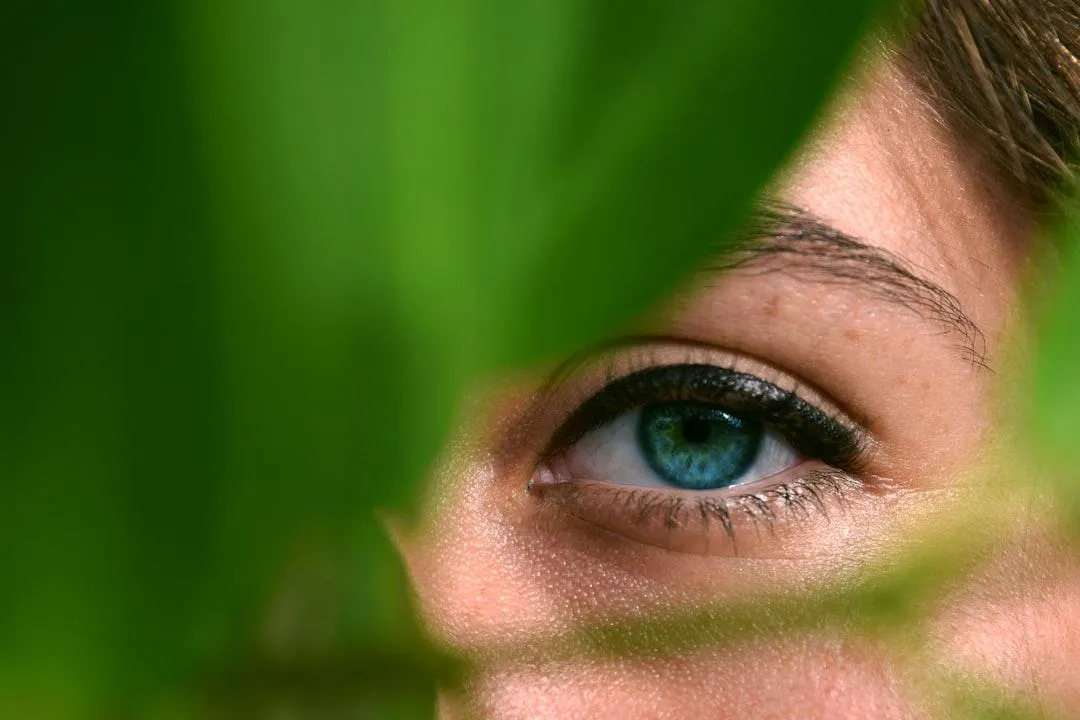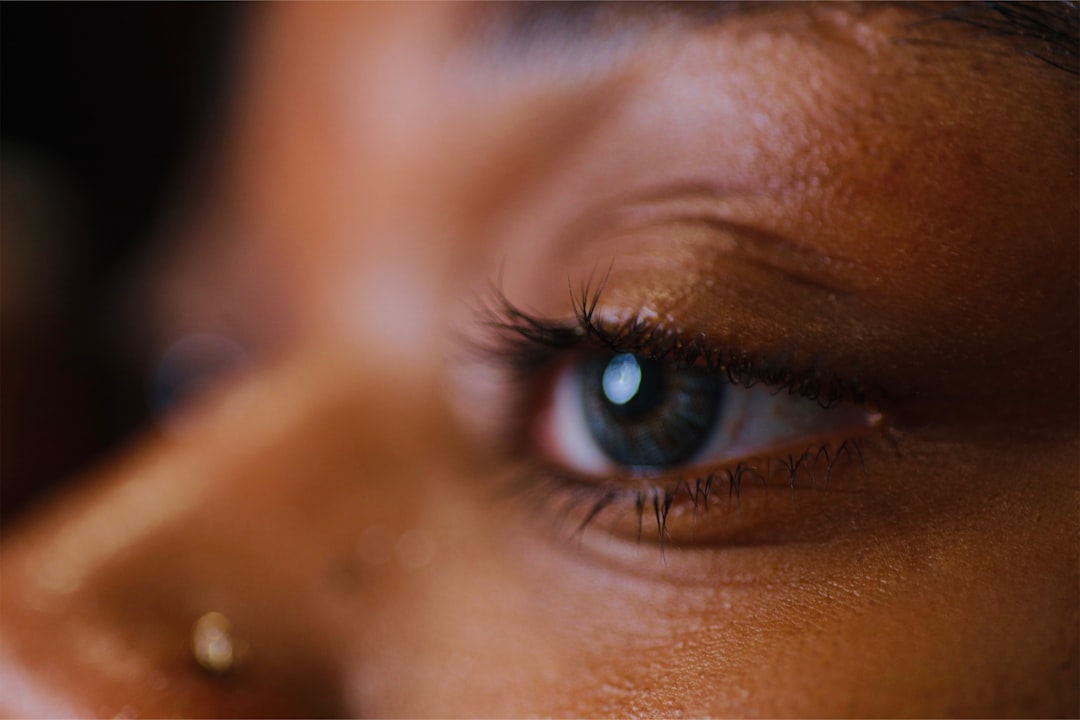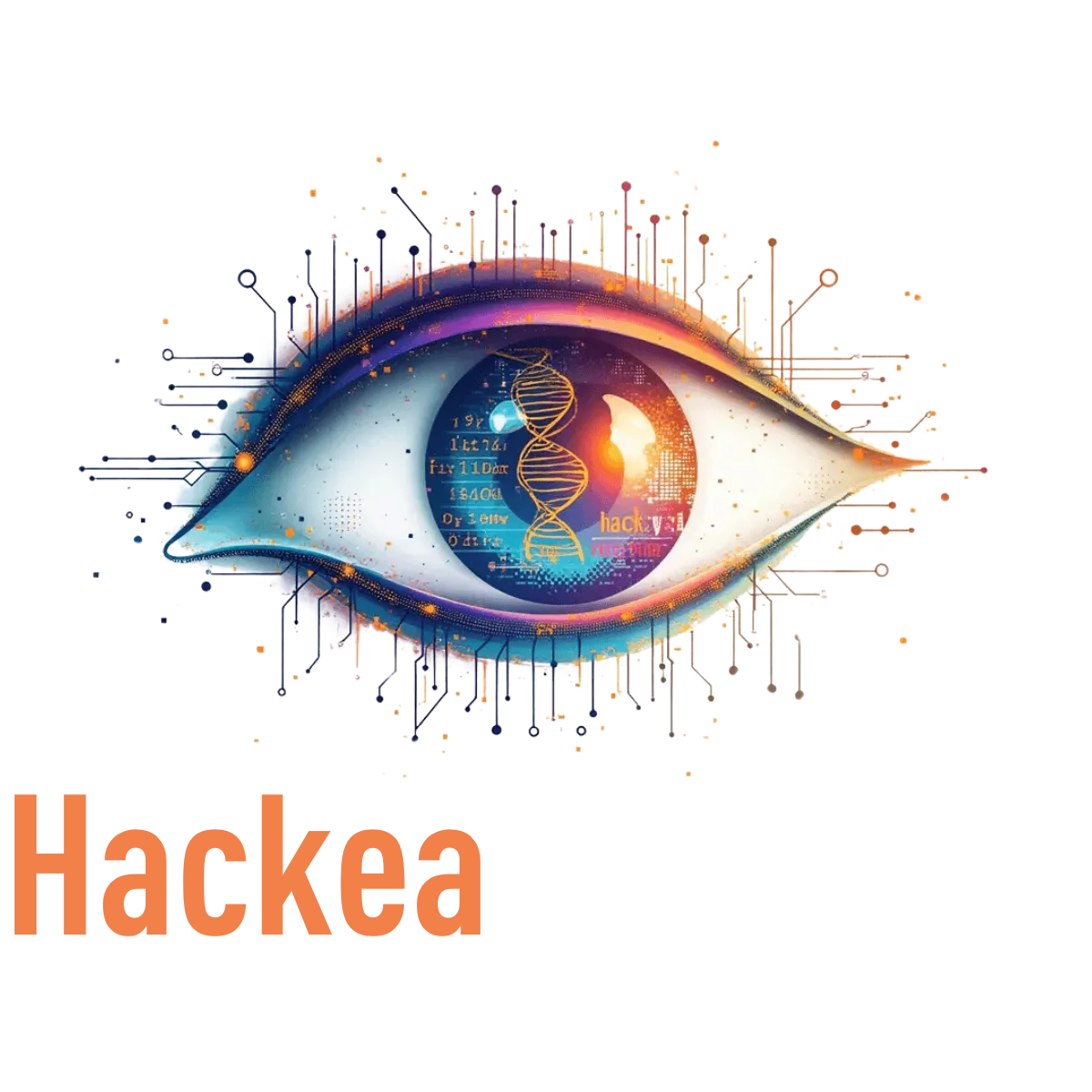As a child, I was fascinated by how things worked. At seven, I was dismantling machines. Later, I studied psychology to explore the most complex machine of all: the human mind.
My path led me through psychology, NLP, neuroscience, coaching, and lifestyle medicine. I became a certified Visual Educator, and I learned firsthand how stress, habits, and beliefs can blur not only our eyesight but our life’s vision.
Today, I teach only what I’ve lived, tested, and measured. My work has touched people worldwide, from individuals regaining natural eyesight to corporate leaders reshaping their teams with clarity.

Mission
To help people and organizations awaken their natural ability to heal, regain clarity, and transform stress into creative energy.
Vision
A future where individuals, teams, and communities thrive together. Where clarity replaces confusion, cooperation replaces competition, and productivity comes from well-being, not burnout.
Imagine leaders who see opportunities instead of obstacles, teams who collaborate instead of competing, and individuals who wake up each morning with eyes, minds, and hearts crystal clear.
Three doors to transformation
Empowering Your Financial Journey

Hack Your Vision (HTV) See sharper. Live freer.
Feature: A measurable method to train your eyesight and brain.
Benefit: Instantly sharper focus, less strain, more freedom.
Transformation: From dependent on glasses → to empowered, confident, and seeing the world clearly.
“99% of the time I no longer wear glasses… after three weeks it’s incredible.” — Anna V.


Hyper reading, Read deeper. Learn faster. Think clearer.
Feature: Advanced attention and accelerated learning techniques I’ve practiced since 2002.
Benefit: Learn more in less time, without fatigue.
Transformation: From overwhelmed and distracted → to focused, efficient, and free to grow.

School for Life
(in development), Education for humans, not machines
Feature: An educational model integrating mind, body, science, and philosophy.
Benefit: Moves beyond memorization into meaningful, real-life learning.
Transformation: From an outdated system → to a generation that thrives, creates, and collaborates for the future.
Minimize tax burdens and maximize your savings through strategic planning. Our experts ensure you take advantage of every legal deduction.


The workplace is drowning in fatigue, distraction, and disengagement. My workshops and keynotes bring back clarity so your teams can thrive.
- Reduce visual and mental fatigue → healthier employees who perform at their best.
- Sharpen concentration and learning → faster adaptation, innovation, and results.
- Build well-being habits → sustainable productivity and fewer sick days.
- Inspire cooperation and purpose → teams aligned, motivated, and future-ready.
Whether you’re an individual, a professional, or a leader:
Start with Hack Your Vision.
Unlock focus with Hyperreading.
Transform your teams with corporate programs.
Join the conversation about the School for Life.
Educational note: All programs are for educational purposes and do not replace professional medical diagnosis or treatment.
Clarity is not just about eyesight. It’s about living with focus, with purpose, and with connection.
I’m here to guide you, your team, and your community to unlock that clarity. When one person sees better, their whole world transforms. When organizations see clearer, society does too.


2025 © Copyright | HackYourVision™ All Rights Reserved.
Este sitio no forma parte del sitio web de Facebook ni de Facebook Inc. Además, este sitio NO está respaldado por Facebook de ninguna manera. FACEBOOK es una marca comercial de FACEBOOK, Inc.


